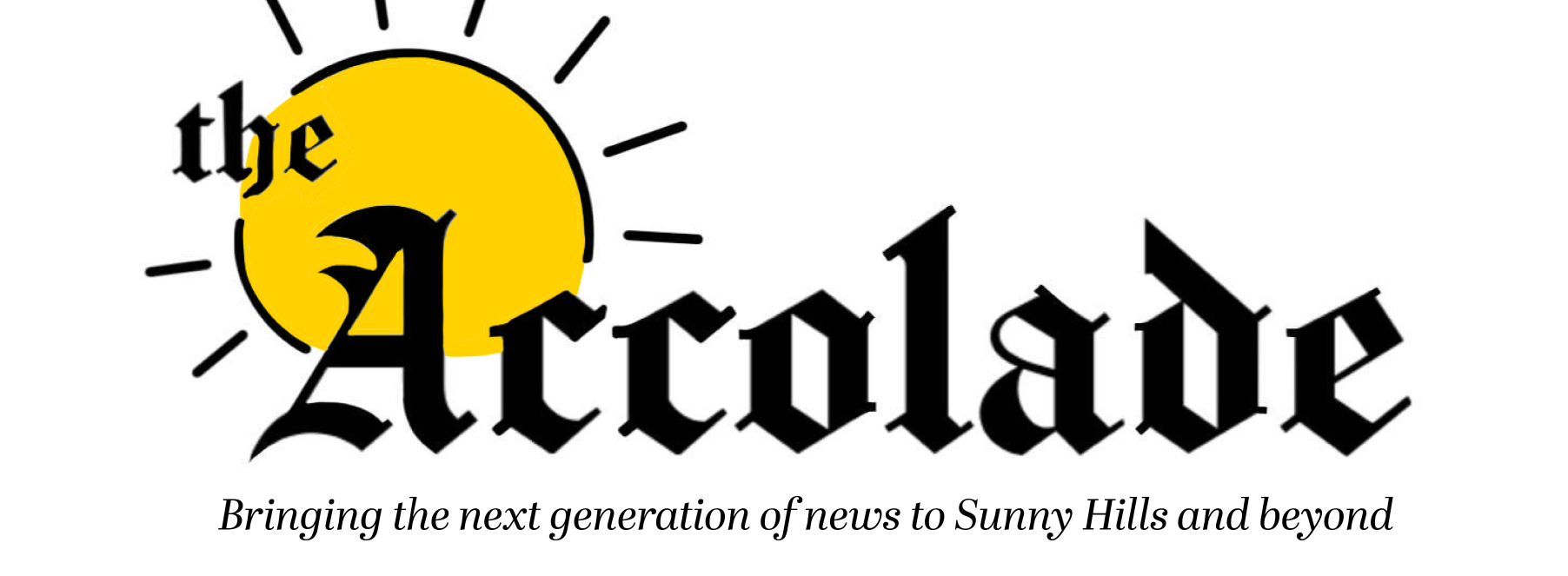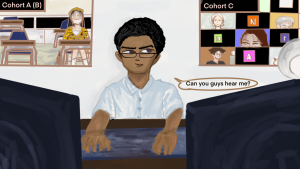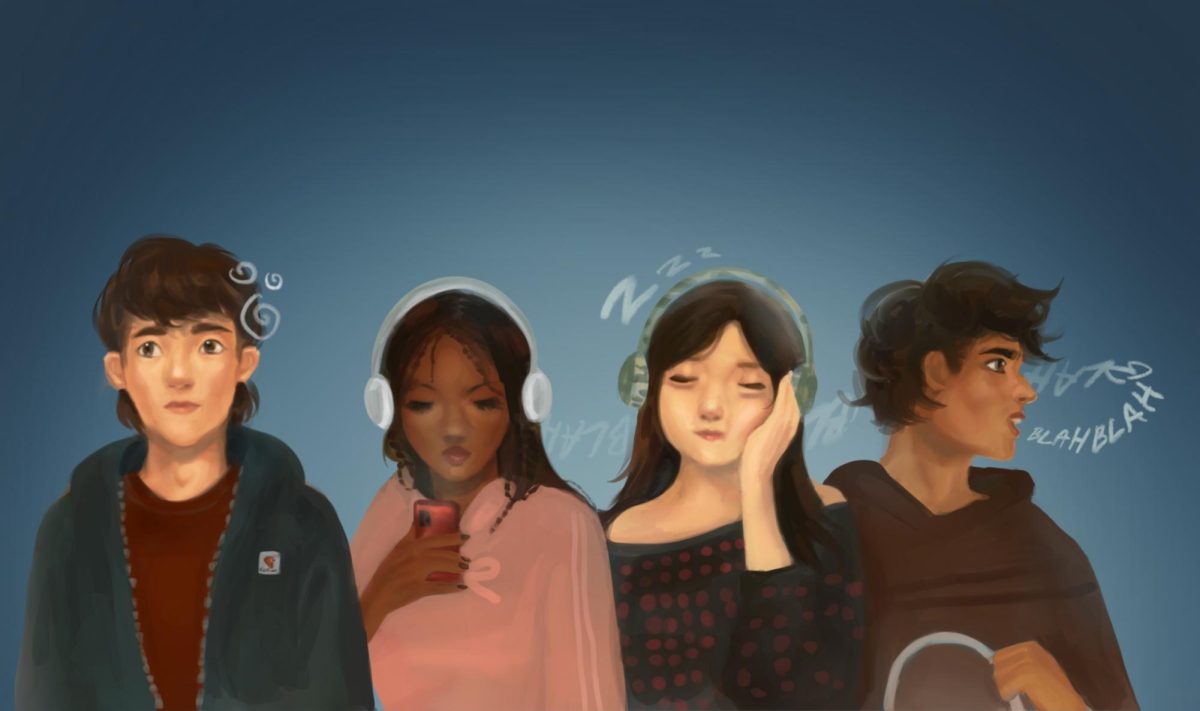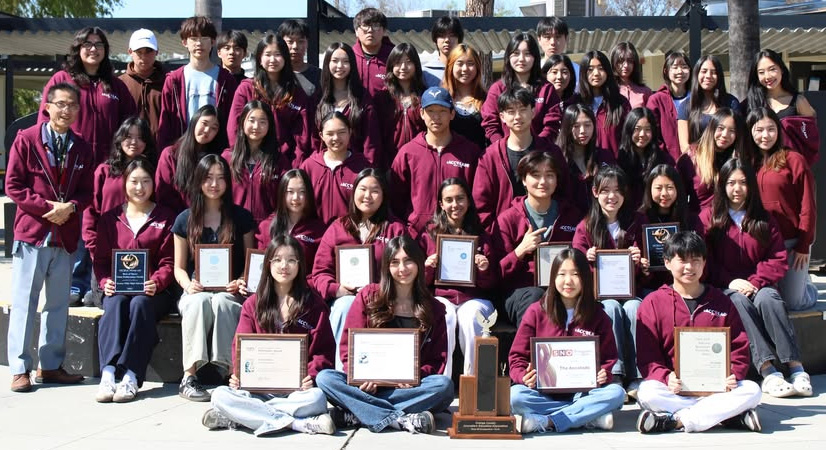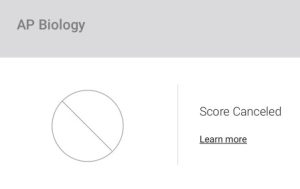Blended bursts safe bubble
November 2, 2020
A blend of distance and in-person learning isn’t the best recipe for a successful school year.
Although school communities are adopting three phases to return to campus, distance learning is the best and only ingredient needed to battle these unprecedented times. As the number of COVID-19 victims fluctuate daily, the Orange County watch list should not serve as the absolute green light to restart on-campus education.
As of Oct. 1, the Orange County COVID-19 dashboard revealed a downward trending recovery from the first wave. However, with the approaching winter season comes seasonal respiratory viruses with symptoms similar to the coronavirus; COVID-19 infections may become harder to isolate.
With a predicted two-fold increase of infections in general, adding hybrid learning to the mix will not benefit students or teachers.
Sitting in front of a computer screen for hours at a time is already difficult, and adding the extra burden upon teachers to tend to both in-class and online students is just too troublesome.
It won’t be any easier on students, either.
As students struggle to solve technological issues such as broken cameras, microphones and internet failures during virtual class periods, imagine juggling the problems students may encounter face-to-face as well.
Usually, in-person classes allow students and teachers to establish a classroom atmosphere; however, upon returning, students and teachers may have a more tense and awkward social environment.
Teachers must pay full attention to all cohorts; audio issues such as microphone feedback from multiple students in the classroom will present a prevalent issue as well.
Students who choose Cohort C, the group that will continue school from home, will miss the intellectual and social stimulation of on-campus learning, making it harder to build relationships with teachers and classmates. On-campus learning Cohorts A and B, who will physically go to school two days a week, will experience teachers asking questions in real-time and interacting with others around them.
Based on a student survey on The Accolade and an Instagram poll of 200 total surveyors, 156 voted against reopening while only 44 voted yes to reopening.
Most students from the Instagram polling results and those who answered a follow-up survey question felt that starting hybrid-learning is too dangerous with the number COVID-19 patients still high and the unknown risks with the upcoming winter season.
Many feared that irresponsible individuals lacking self-control will disrespect hybrid learning rules, and the hybrid model itself would be redundant with the continued use of chromebooks during in-person learning. They also feel as if there is no point, since students have to use chromebooks during in-person classes as if they were at home.
Hopefully, before trickling back to campus, teachers will receive a full breakdown of how to use Zoom and Google Meet to the fullest to help ease both students and teachers into and balance the hybrid schedule.
Among these challenges, hybrid learning concerns more than just breaking the ice in the classroom, but making the most with the academic circumstances for better educational opportunities.
The hybrid system should strive for equal education opportunities between cohorts and embrace the potential difficulties to find solutions.
With internet failures and glitches, awkward silence will be an inevitable occurrence, but it is important to tackle challenges as they come. The hybrid learning experience will not completely mimic an in-class learning with the various cohorts, but it’ll consist of its own unique capabilities.
However, the uniqueness of our situation makes distance learning a safer and more effective method.
Imagining a hybrid classroom seems overwhelming and disorganized. When teachers conduct lessons, it will be nearly impossible to engage with all students at once.
Eye contact, for instance, keeps students focused when it seems like the teacher is directly speaking to them.
With hybrid learning, it creates more room for students to slack off since teachers already have a lot on their hands. Teaching through more than one platform leaves more room for error as teachers must juggle technology equipment both inside and outside the classroom, broadcasting their lessons to an in-class projector and on Zoom.
Hybrid learning, however, also allows students to just enjoy the company of one another, but without the added threat of possibly spreading germs. The appeal of seeing students and teachers in person is convincing, but also unsafe.
The risks are unavoidable as hybrid education produces more links for the virus to travel between schools and families.
According to William Hanage, an associate professor of epidemiology for infectious diseases at Harvard, his commentary on The Bulletin outlines the risks of school are divided into three categories: risk to children, risk to those they might infect and risk to the community as a whole.
Though the CDC states that children appear to be at a lower risk for COVID-19 than adults, scientists are still learning about how the virus spreads and what role children play in its spread.
The chances are low, but the risk becomes greater overall as students create more links for the virus to spread by coming in contact with more people during hybrid learning.
Professor Michael Ward is an epidemiologist in the Sydney School of Veterinary Science at the University of Sydney; in a Guardian News article, he states that dyer air favors the spread of the virus.
Since the humidity will drop during hybrid learning, there is a greater risk of infection. An Aug. 4 study in Shanghai, China, conducted by researchers from partner institution Fudan University School of Public Health, found a correlation between lower humidity and an increase in locally acquired positive cases.
Despite COVID-19 testing among teachers — both on-campus and supplementary staff — from Sept. 28-Oct. 2, there is no guarantee that the incoming students are virus-free. And even after testing, there is a chance that the individual could contract the virus going forward.
Sunny Hills should stick with distance learning, a tried and true recipe for success during the pandemic as of now.

